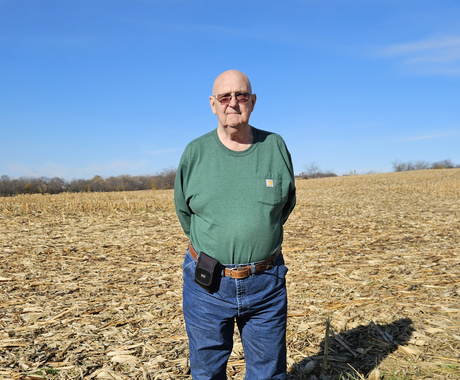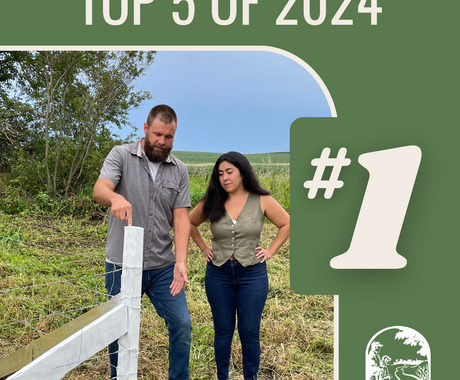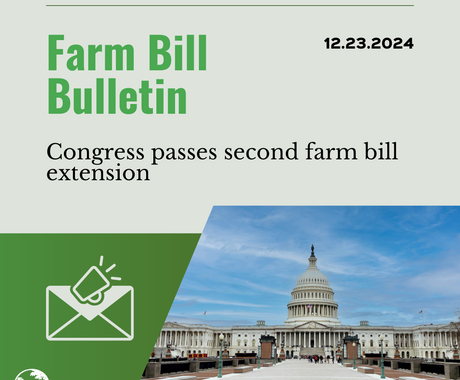By Cora Fox, former staff member
Many farmers and ranchers can make a higher profit by processing raw agricultural commodities into “value-added” goods. For example, fruit made into jam or milk made into cheese each fetch a higher price than the base ingredients.
Profits from value-added processing can lend income stability to a farm or ranch operation, and the additional labor required for processing can create employment opportunities in rural communities. However, there is a cost to producers to get the ball rolling on value-added production. For instance, if a dairy wants to start making cheese from their milk, building a new cheese-making facility is costly.
The Value-Added Producer Grants (VAPG) program, administered by the U.S. Department of Agriculture (USDA) Rural Business and Cooperative Service, is designed to address this barrier. VAPG supports farmers and ranchers who want to access value-added markets by offering support for development of business and marketing plans; feasibility studies; and working capital for processing costs, advertising, and some inventory and salary expenses. Organic agriculture is even considered a “value-added” activity because organic agricultural products bring a price premium.
A recent USDA Economic Research Service (ERS) report examined the impact of the VAPG program on 1,020 businesses. The study used data from the USDA Office of Rural Development and the National Establishment Time-Series (NETS). VAPG-recipient business outcomes were compared to similar nonrecipient business results. The findings from this report provide new and valuable information regarding the effect of the VAPG program.
According to USDA ERS, businesses that received VAPG funding were less likely to fail, compared to nonrecipients. These businesses were 89 percent less likely to fail within two years of receiving the grant, opposed to nonrecipient businesses of the same age and characteristics.
Additionally, the research found VAPG-funded businesses are more likely to hire employees. Between one and five years post-award, grant recipients employed five to six additional employees, on average. Prior to receiving funds, no significant difference in employment levels was found.
Lastly, the study found the success of a business correlated to the amount of funding received. After two years, businesses awarded with more dollars were less likely to fail. The increase also corresponded with job creation, as those with higher funding allotments were more likely to employ more workers.
These results show a clear impact of VAPG. Businesses that receive VAPG funding invest in their communities, support rural economies, and create jobs. This is evident in our home states of Nebraska and Iowa, 23 grants were awarded in 2016 to entrepreneurial farmers and ranchers who process various value-added goods such as wine, ice cream, organic maple syrup, honey, and ethanol.
Unfortunately, this program is being threatened. The House version of the 2018 farm bill (H.R. 2) proposed to eliminate the majority of VAPG funding. Thankfully a vote on the draft failed on Friday. We urge our representatives to recognize the value of this program and protect it in the final farm bill.
Feature photo: Fruit made into jam and sold as a value-added product may fetch a higher price than its base ingredient. A recent USDA report examined Value-Added Producer Grants program recipients and found clear benefits compared to producers who have not received a grant. | Photo by Kylie Kai





